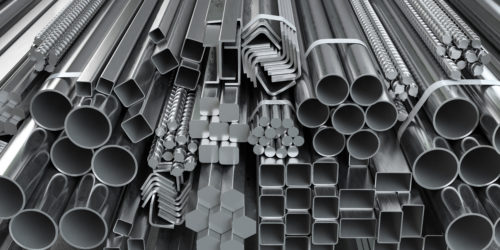Stainless steel is a popular material used in various industries, from construction to medical equipment. But did you know that not all stainless steels are created equal? When it comes to 316 and 316L materials, there's more than just one letter differentiating them. In this blog post, we'll dive into the details of what sets these two apart and help you choose which one is right for your project. So buckle up and get ready to discover the difference between 316 material and 316L material!

First of all, the ingredients are different. 316L is ultra -low -carbon. L represents the meaning of low carbon, so the carbon content of 316L material is lower than that of 316. Secondly, the corrosion resistance is different. The corrosion resistance of 316L stainless steel has better corrosion performance, and the anticorrosive rust and anti -rust ability is better. The strength of the two materials is also different. The strength of the 316L material is lower than that of 316, which is convenient for processing. In addition, the welding section of the 316 stainless steel requires an annealing treatment after welding, while the 316L stainless steel does not need.
1. Different composition
316 Chemical ingredients (%): C≤0.08, SI ≤ 1.00, Mn ≤ 2.00, P ≤ 0.035, S ≤ 0.03, Ni: 10.0-14.0, CR: 16.0-18.5, MO: 2.0-3.0.
316L chemical composition (%): C≤0.03, SI ≤ 1.00, Mn ≤ 2.00, P ≤ 0.035, S ≤ 0.03, Ni: 10.0-14.0, CR: 16.0-18.5, MO: 2.0-3.0
From the composition composition, it can be clearly seen that the carbon content of 316L is lower. In fact, L is English Low, which means low -carbon meaning. In addition, the chromium nickel content of the two is different, and the molybdenum content in 16L material is slightly higher than 316 materials.
2. There are differences in the brand number
316 brand: the old name is 0CR17NI12MO2, and the new brand number is 06C17N12M2, which is the US standard TP316 and the Japanese standard SUS316.
316L card number: The old name is 00Cr17NI14MO2, and the brand is 022C17N12M2, which is the US standard TP316L and the Japanese standard SUS316L.
3. There is a difference in strength
Symbol strength: 316 Material is 210 (n/mm2), and 316L material is 180 (n/mm2).
Tensile strength: 316 material is 520 (n/mm2), 316L material is 480 (n/mm2)
The strength of the 316L material is lower than the 316 material, which is convenient for processing.
4. Different corrosion resistance
The corrosion performance of the 316L stainless steel anti -crystal industry is better, and the anticorrosive rust and anti -rust resistance capacity is better.
5, heat resistance
The 316 material can be used intermittently below 1600 degrees, in continuous use below 1700 degrees, but it is best not to use 316 stainless steel in the range of 800-1575 degrees.
316L stainless steel's carbon resistance is better than 316 stainless steel, and it can also be used within the temperature range of 800-1575 degrees.
6. Different welding methods
The welding section of the 316 stainless steel requires an annealing treatment after welding, while 316L stainless steel does not need. 316L carbon is not easy to precipitate with chromium carbide, which can reduce the corrosion of the welding part

